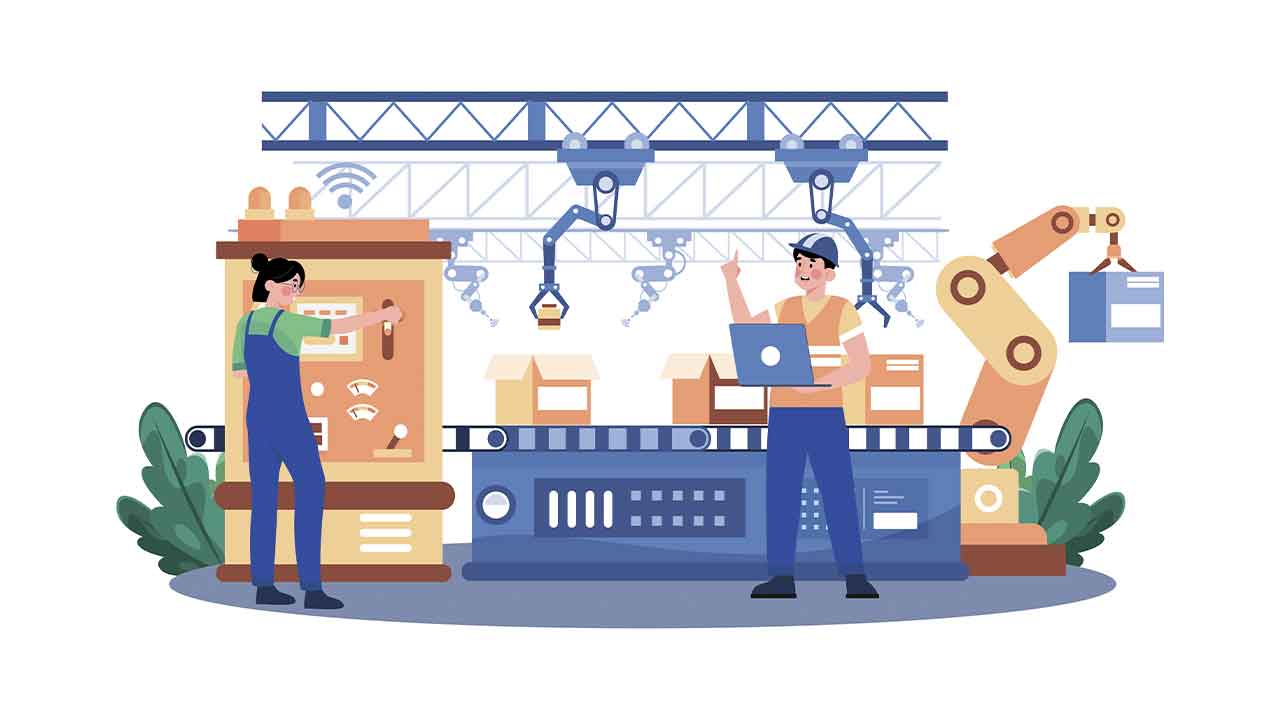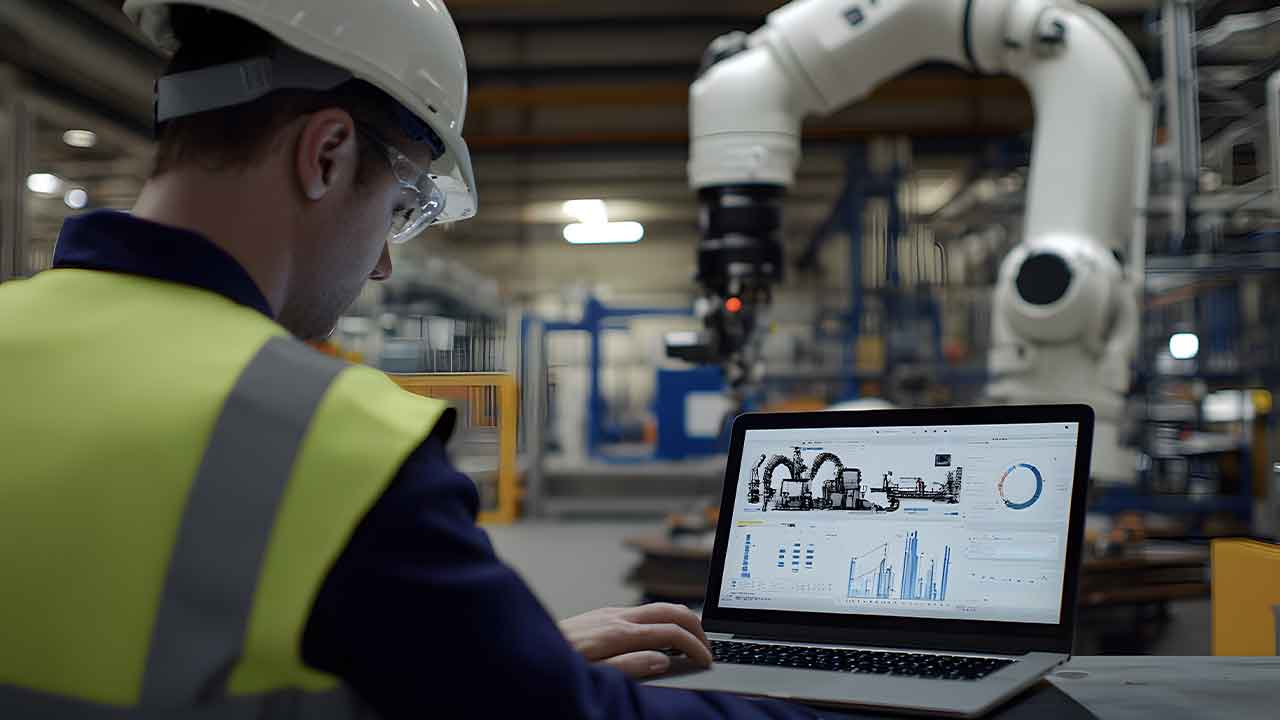The Biggest Risk in Industrial Digitalization Isn’t Cyber—It’s Adoption Speed
Industrial digitalization is evolving rapidly, but the biggest challenge isn’t cybersecurity—it’s the speed of adoption. Doug Warren, Senior Vice President of AVEVA’s Monitoring & Control Business, explains why the hesitation to embrace new technology is the most significant risk industrial companies face today and how Operations Control is addressing this challenge.
Why Adoption Speed Matters More Than Ever
Many industrial organizations remain hesitant to shift from legacy systems to modern, flexible architectures. Warren points out that digitization in the industrial sector has been historically slow, as companies tend to be risk-averse, prioritizing asset protection over innovation. This cautious approach, while understandable, is now a major bottleneck preventing industries from leveraging the full power of digital transformation.
From Legacy Systems to Future-Proof Operations
Traditional industrial software relies on rigid, on-premises SCADA and HMI systems. AVEVA’s Operations Control changes this by integrating hybrid SaaS capabilities with on-prem components. This shift provides industrial companies with a scalable solution that allows them to adapt incrementally instead of requiring an all-or-nothing approach.
A Subscription Model That Encourages Flexibility
Unlike traditional licensing models that charge based on tags, servers, or clients, Operations Control is based on user subscriptions via AVEVA Flex credits. This means companies no longer need to predefine infrastructure requirements—they can scale as needed. By removing this financial and logistical barrier, Warren believes organizations will be more willing to adopt new technology without major upfront risks.
Breaking Down Data Silos for Faster Decision-Making
One of the biggest inefficiencies in industrial operations today is the existence of data silos. Each plant often runs independently, using different systems and calculations. Warren envisions a future where a single version of the truth exists across an entire enterprise, eliminating redundant processes and enabling real-time visibility. This transformation requires companies to move beyond outdated operational mindsets and embrace cloud-based, enterprise-wide digital strategies.
AI as a Tool for Efficiency, Not Replacement
With the rise of AI-driven decision-making, a major concern in industrial digitalization is workforce impact. Warren clarifies that AVEVA’s Industrial AI Assistant is designed not to replace workers but to enhance their efficiency by automating tedious data searches. This allows engineers, operators, and decision-makers to focus on higher-value tasks, accelerating overall operational effectiveness.
The Future: A Workforce-Driven Digital Transformation
Beyond technology, Warren highlights workforce transformation as a critical factor in industrial digitalization. Attracting and retaining digital-native employees requires industries to modernize their environments. Younger generations expect intuitive, tech-driven workflows rather than outdated, manual processes. The ability to provide such an environment will be a key differentiator in the competition for talent.
What Comes Next?
Industrial companies that recognize and address adoption speed as their primary challenge will gain a significant competitive edge. As AI-driven automation, hybrid cloud solutions, and user-based subscription models become the norm, organizations must be proactive rather than reactive in their digital transformation strategies. The real risk isn’t cyber—it’s failing to evolve quickly enough.
Related articles:



